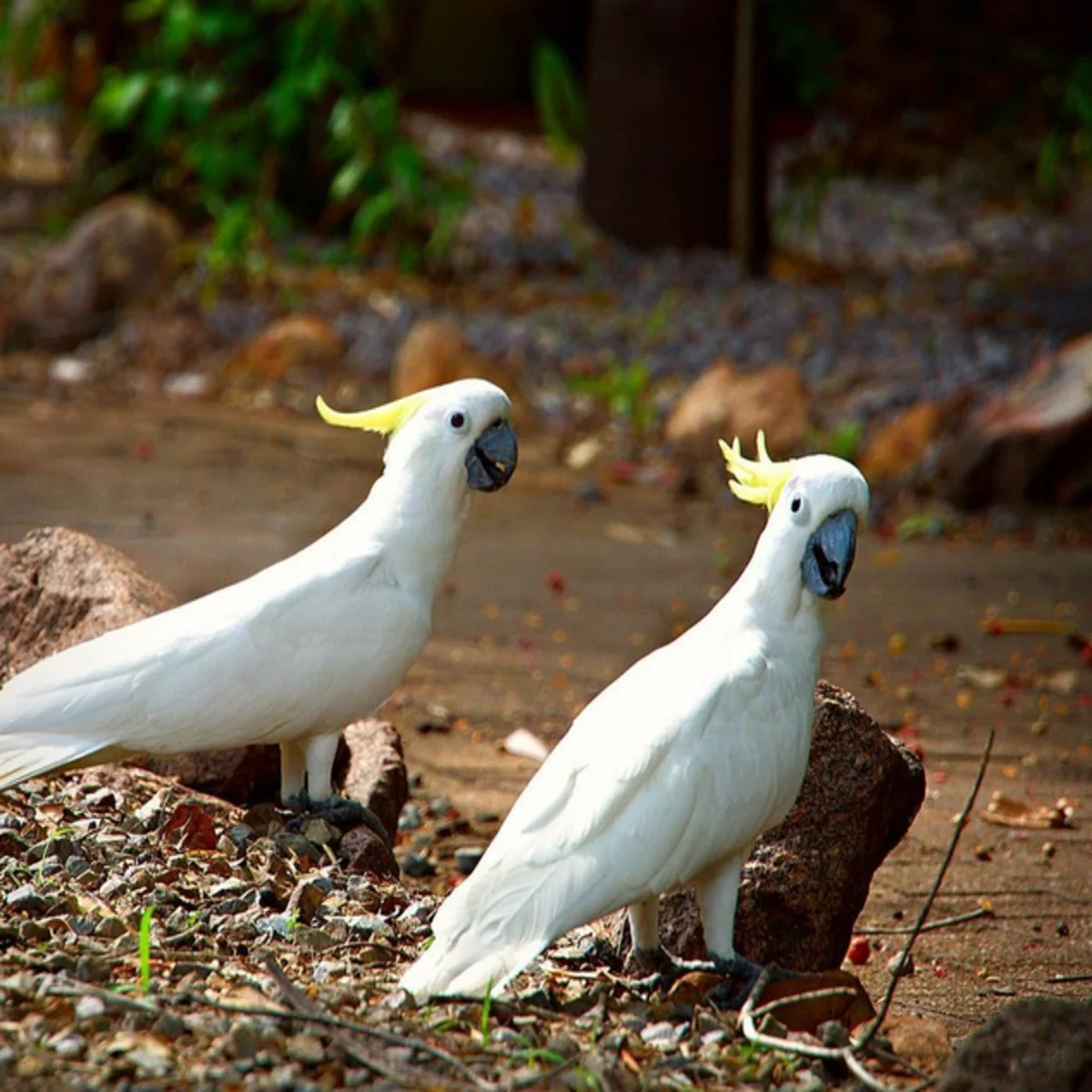Explore Kakadu’s rich history and natural beauty, an ancient and remote destination with captivating stories to discover. Join our Kakadu tours tours and and witness all the beauty of Kakadu National Park.

Kakadu has a history of Indigenous culture
Located in the heart of Australia’s top end, Kakadu National Park is the largest in the country and is proudly Traditionally Owned. With its unique double world heritage listing, the park showcases dramatic landscapes, waterfalls, rock art sites, and wildlife, highlighting the enduring connection of the Bininj/Mungguy (Indigenous) community to this breathtaking landscape for generations.
Visit Kakadu National Park in the best season
Desired activities and weather conditions determine the optimal time to visit Kakadu National Park.
For those who prefer milder temperatures, May to August are recommended. The dry season is ideal for swimming, as heavy rains can lead to flash flooding and make certain areas unsafe. However, the wet season tends to be less crowded, which may appeal to those seeking a quieter experience.
Kakadu experiences two main seasons: the wet season from November to March and the dry season from April to October. Traditional owners, the Bininj/Mungguy people, recognize six seasons, providing a more detailed outlook on the weather throughout the year.
Kudjewk (monsoon season)
December to March
Kudjewk is the peak of tropical summer, with intense humidity, monsoonal downpours, and thunderstorms. Temperatures range from 24°C to 34°C, but it can feel hotter due to moisture. Some areas of Kakadu may be inaccessible due to excessive rain and flooding, potentially restricting swimming in certain waterholes for safety.
The rain rejuvenates the park, turning it into a lush green oasis. The waterfalls are awe-inspiring during this time, offering a majestic sight.
Bangkerreng (storm season)
April
Bankerreng frequently endures severe weather conditions, including heavy rains and strong winds that are nicknamed ‘knock-em-down’ storms due to their ability to flatten the speargrass. However, the skies soon apparently cleared, and the floodplains receded. The landscapes remain lush, and animals return to their habitats to benefit from the fruiting plants.
Yekke (more excellent season)
May to mid-June
During yekke in Kakadu, temperatures range from 21°C to 33°C with lower humidity, making it an ideal time to visit. The wetlands are covered with waterlilies, and the early-morning mists provide excellent photography opportunities. Areas of the park that were closed due to flooding typically reopen in May.
Wurrkeng (cold weather season)
Mid-June to mid-August
During the working season in the Northern Territory, temperatures can reach 32°C and lows of 17°C. The floodplains dry up, attracting native water birds like magpie geese to billabongs. Visitors may witness groups of birds flying to avoid crocodiles in the area.

Kurrung (hot, dry season)
Mid-August to mid-October
During Kurrung, temperatures range from 23°C to 37°C with cloudier skies. The humidity levels are still manageable, making the heat bearable. Billabongs are great spots for bird-watching during this time. Towards the end of the season, white-breasted wood swallows can be seen as thunderclouds start to form.
Kunumeleng (pre-monsoon season)
Mid-October to late December
During kunumeleng, the pre-monsoon season, high humidity levels can amplify the heat. Lightning shows in the sky preview the upcoming kudjewk (monsoon season). This period can vary from a few weeks to a few months. Roads remain mostly accessible unless the rains come early.
